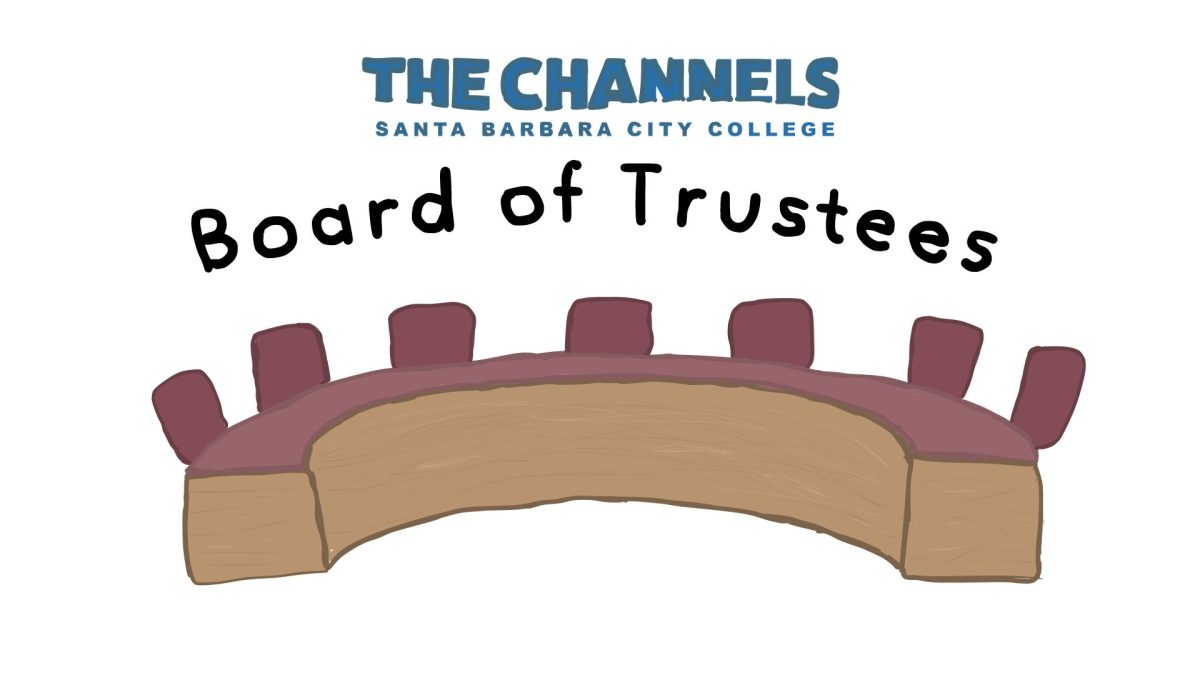A self-proclaimed “little boy” frog expert unveiled the link between frogs, pesticides, and humans to a youthful audience Feb. 23 at the Santa Barbara Museum of Natural History.
“I’m just a little boy who likes frogs,” said Dr. Tyrone Hayes, an Integrative Biology professor at University of California Berkeley.
As part of an environmental series sponsored by the Santa Barbara Ecological Education Coalition, Hayes spoke to an audience composed of primarily students about the impact of pesticides in agriculture.
Hayes said the most commonly used pesticide in the world, atrazine, alters the gene expression in frogs. He argued that because humans have the same hormones as frogs he studied, the issues with this pesticide must be considered as probable issues facing the human race.
Hayes cautioned the audience that atrazine does not degrade with time. In frogs, he found that atrazine chemically castrated males, changing testosterone into estrogen. High levels of estrogen cause cancer, Hayes said.
Hayes indicated the amount of atrazine needed for this castration is 0.1 parts per billion. He added that the EPA sets the safe zone for this pesticide in human drinking water at 0.3 parts per billion, three times what it takes to castrate a frog.
Hayes likened EPA’s safe zone rationale by comparing the size of weapons.
“If I shot you with a bazooka and you died, I say, ‘Oh, a handgun’s safe because it’s smaller,'” he said.
According to Hayes, traces of atrazine are found in almost every country. It seeps into the water from the corn crops on which it’s used and travels with the water, he said.
He added that the pesticide cannot be transferred in food because it is water soluble, and therefore can only be ingested through water, skin, or air.
The United States uses 80 million pounds of atrazine per year, whereas Europe has now outlawed its use, Hayes said.
Hayes added that the testosterone depletion caused by atrazine is “detrimental across vertebrates” because they all have the same hormones affected by the pesticide. He found that men in Missouri, a high corn-crop state, have sub-fertile males.
Of these men, the field workers who actually administer the pesticide have 24,000 times the level necessary for castration in frogs.
Hayes noted that because the workers are migrant, their health is not followed leaving the problem unidentified.
According to Hayes, the Midwest has the highest use of atrazine. He told the audience that there are people who gained exposure to the pesticide in the womb, and show signs of its effects as early as college age. Hayes called the Midwest “one big pool of atrazine soup.”
As a harsh critic of his former employer, Syngenta, the company who sells this pesticide to farmers, Hayes noted that the company’s reason for keeping atrazine’s effects quiet is the $500 to 800 million the pesticide earns the company each year.
Hayes earned a standing ovation from the audience at the conclusion of his speech. One audience member praised the professor for delivering a compelling argument.
The Harvard graduate from South Carolina “broke down” the details of his studies with the use of graphs, charts, pictures, and statistics.
His speech was punctuated by laughter from the crowd.
At his speech’s commencement, Hayes gave mention of his 4 foot, 11 inch grandmother of whom people said was “small in stature, but big in mission.”
He attributed much of his drive to spread his research findings to her mission to educate, and felt that through his work, he has “carried on her mission beyond her passing.”
-Whitney Lindsay is a
Journalism 101 student.







